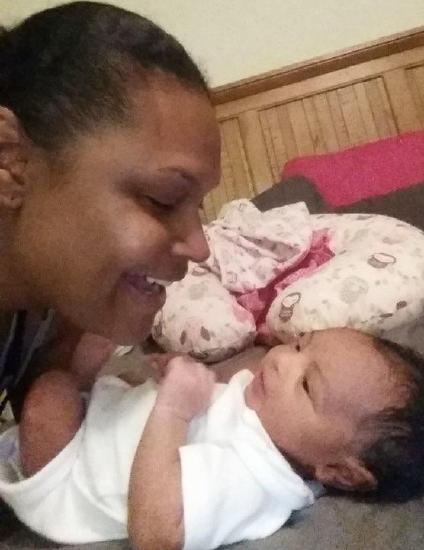15.7: Emotional Competencies
- Page ID
- 140947
Emotionally Compentent
Emotional competence refers to the emotion-related abilities an individual needs to deal with a changing environment (Saarni, 1999). Saarni (1999) specified 8 skills of emotional competence: (1) awareness of one's emotional state, (2) ability to discern others' emotions, (3) ability to use the express terms of emotion, (4) capacity for empathic and sympathetic involvement, (5) ability to discriminate inner and outer emotional states, (6) capacity for adaptive coping with emotions, (7) emotional communication within relationships, and (8) capacity for emotional self-efficacy.

One critical outcome of developing emotional competence contributes to readiness for learning. Emotional competence also contributes to the development of social relationships, both with single individuals (friendships) and groups (peer-group entry).[1]
Theories of sociocultural development such as Vygotsky's (1986) argue that higher order psychological functions have social origins. Children's cognitive, communication, and language development are all influenced by skills acquired during joint activities (Vygotsky, 1986; Winsler, Carlton, & Barry, 2000). This framework values communication and language as socioculturals tool for thought, self-regulation, and development of competencies, including emotional competencies. Vygotsky's theory of private speech may be critical for supporting the development of Saarni's (1999) proposed skills. Private speech can help children identify and label emotions (Skills 1–5) and may function as a tool for planning, guiding, and monitoring problem-solving activity (Skills 6–8).
[1] Understand and empathise is shared under a CC BY-SA license and was authored, remixed, and/or curated by LibreTexts.
[2] Image by Marie Harris is licensed CC By-NC

